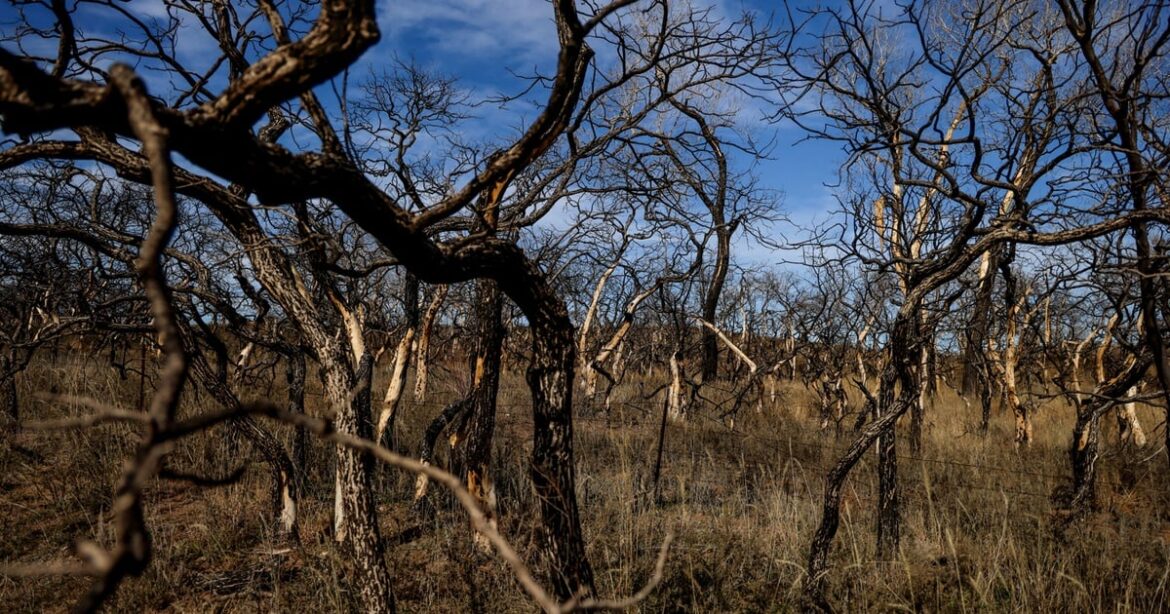Texas Lawmakers Plan Enhanced Communication for First Responders Amid Wildfire Concerns
A significant legislative initiative is underway in Texas aimed at resolving the communication difficulties faced by first responders during emergencies. This proposal has gained traction following the devastating wildfires that impacted several areas in the state last year.
Proposed Legislation
State Representative Ken King, a Republican from Canadian, has introduced House Bill 13 in the current legislative session. The bill seeks to establish The Texas Interoperability Council, which will be responsible for developing a comprehensive statewide plan to improve emergency service communication and infrastructure. King’s motivation stems from firsthand experiences during the wildfires that swept through the Panhandle in 2022, resulting in over a million acres burned and multiple fatalities.
Addressing Communication Challenges
During a recent committee meeting, King emphasized the necessity of prompt coordination among agencies during emergencies, stating, “The first responder community will tell you it takes three meetings in the middle of a disaster before everybody starts moving in the same direction. When that wildfire is moving 60 miles-per-hour, that’s too long.”
Legislative Collaboration and Support
The proposed legislation has received support from fellow lawmakers, including State Senator Kevin Sparks, who has proposed a series of bills to improve wildfire response capabilities. These measures include increasing oversight of unregulated power lines, boosting funding for rural volunteer fire departments, and establishing a database for readily available firefighting equipment.
Additionally, Lieutenant Governor Dan Patrick has made wildfire response a priority this session, indicating legislative efforts to unify and strengthen emergency communications.
Structure of the Texas Interoperability Council
If passed, members of the council would include appointees from the governor, lieutenant governor, and the speaker of the Texas House, each selecting two representatives. The council will function under the leadership of the Texas Division of Emergency Management (TDEM) chief, serving staggered six-year terms concluding on September 1, 2031.
TDEM Chief Nim Kidd, who has dedicated over three decades to emergency management, praised the bill as a groundbreaking initiative. He highlighted that during his earlier experiences, multiple emergency response teams often utilized incompatible communication channels, hindering effective collaboration.
Interagency Communication as a Life-Saving Measure
Jordan Ghawi, a reserve firefighter with extensive disaster response experience, underscored the importance of seamless communication: “When seconds matter, the ability for our first responders, whether it’s law enforcement, fire, EMS, or state agencies, to communicate seamlessly can mean the difference between life and death, or property preservation or property loss.”
Enhancing Emergency Preparedness
As Texas faces ongoing wildfire risks, the proposed strategic plan will focus on:
- Developing necessary communication infrastructures and training programs.
- Ensuring interoperability of equipment across different agencies.
- Grant programs to assist local governments in acquiring communication tools linking them to state emergency resources.
Current Wildfire Activity
At present, Texas is experiencing multiple wildfires, with significant activity noted in the Panhandle, highlighting the urgency for improved communication systems. The recent Windmill Fire in Roberts County has burned over 23,000 acres but is nearing containment.
A recent study by Texas 2036 forecasts an extended wildfire season across the state, indicating an increasing need for robust emergency management and communication strategies.
Disclosure: Texas 2036 has supported The Texas Tribune financially. This support does not influence the Tribune’s journalism. For a complete list of financial backers, visit this source.

